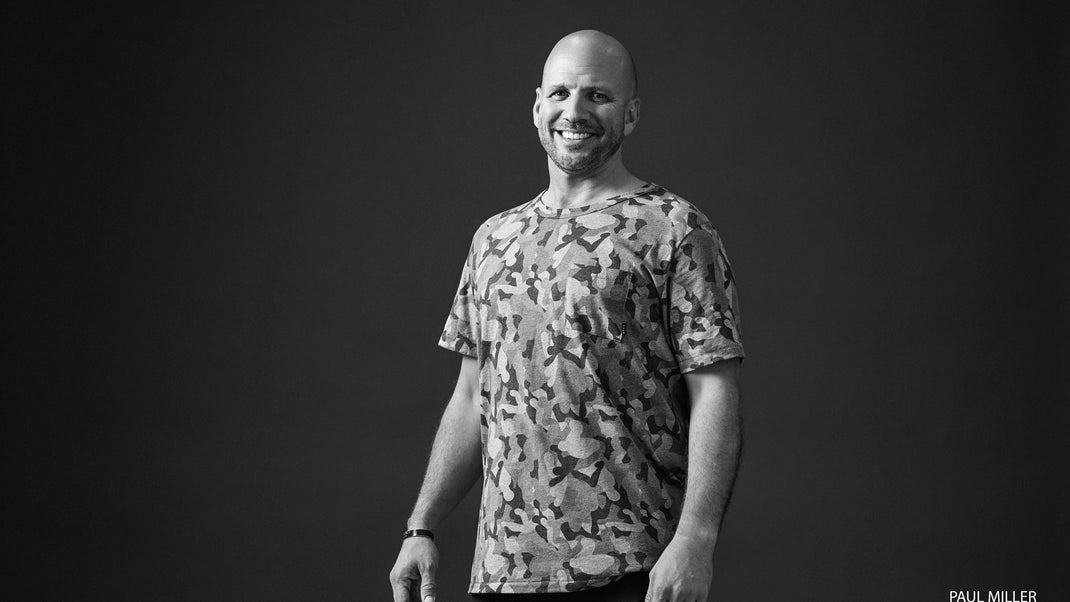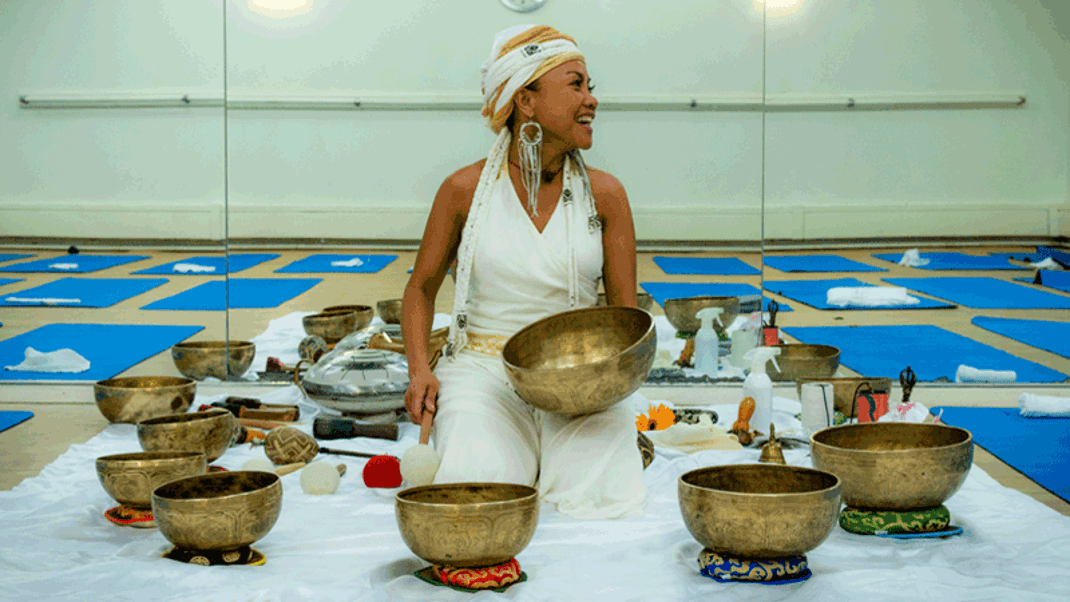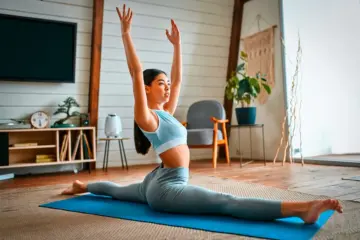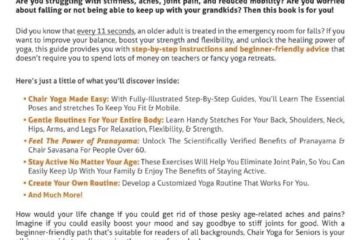Yoga has been around for thousands of years and it’s one of the most popular forms of exercise in the world. Yoga is a form of physical exercise that also involves mental concentration and meditation which can be used as a holistic approach to health.
Yoga came to prominence during the 1960s when its popularity spread worldwide with increased television exposure. Yoga has been found to improve fitness levels, reduce stress, anxiety, and depression symptoms among many other benefits. Yoga changed life for me!
The first time I heard those words, my response was, “You’re f–king crazy.” I’m a dude. I’m a combat veteran. I don’t have yoga pants. I don’t need yoga in my life.
The suggestion came three years ago from my friend Anna, who had been teaching for about a year. Luckily, she knew better than to push me onto a mat while I was in such a completely unreceptive state. So she said, “OK, what about meditation?” I’d read about the benefits of meditation.
I knew that Steve Jobs meditated. Gandhi seemed cool. So I told Anna I’d try it, and she taught me that the goal of sitting wasn’t to suppress all of my thoughts and transcend this plane; she taught me simply how to be present. After a couple of weeks, I started to feel a little calmer, and I didn’t need to chase a handful of Benadryl with whiskey in order to sleep at night.
While meditation was helping me some, I was still in a rough spot. In 2004, I was severely wounded while serving in the US Army during the war in Iraq. Ultimately, I lost both my legs below the knee and endured 35 surgeries. At the time Anna taught me how to meditate, I’d just been through yet another surgery on my right leg, and this one was especially challenging—both physically and emotionally.
All of my other surgeries and recoveries had been at Walter Reed National Military Medical Center, where I was one of many guys who were going through similar situations; this time, though, I came home to rehab on my own, and I felt helpless. I didn’t have a support system of other vets around me as I’d always had at Walter Reed.
Plus, all the things that helped me cope with the invisible wounds of war when I got back from Iraq had been physical, and now I couldn’t do them. Everything was a can’t: I can’t climb a mountain, can’t play golf, can’t help raise my daughter. I’d never understood how 22 vets a day could take their own lives—until then. I wasn’t suicidal, but for the first time, I understood how someone could do it.
Anna could tell I was still in a bad way, so she said to me again, “You need some yoga in your life.” I caved and committed to three private lessons with her. The meditation was sort of working. Maybe yoga would, too.
The following day, Anna taught me Tadasana, explaining how all poses start from this one. While it sounds so straightforward and basic, that first practice was terrible. I’d just gotten the green light to wear my right prosthetic leg again, but my leg was tender after surgery. In addition to the pain, Anna was telling me things like, “Root down to rise up,” and all that was going through my mind was, “WTF does that mean? I can’t feel my feet!”
I usually get things pretty quickly, and I was awful at yoga. I left thinking I’d never do it again. But the following day, Anna called me to schedule our next lesson. I’d committed to three classes with her, and a commitment is a commitment. My second class was just as hard. We moved into Warrior I, and my prosthetic legs were digging into the backs of my knees, where I already had blisters from my first yoga class. I got so frustrated that I just sat down and said, “Can I just try this with my legs off?”
This is a big deal for me—nobody gets to see me without my legs. But I was so mad at not being able to do yoga that it overrode my shame, and so I took off my prosthetics. There I was, on my knees in Warrior I, with Anna behind me probably wondering how the hell she was going to teach me now. I kept telling myself, I’m a warrior. I can do this pose. And there, as I was trying to figure out how to get my hips into the correct position, I mentally replayed Anna’s cue I hadn’t understood the day before: “Root down to rise up.” I imagined roots growing down through my body into the earth.
Now, I’m a dude. I shoot guns. I eat meat. I’m very much a guy’s guy. I’m not what you’d call hippie-dippy. But what happened at that moment lit me up from the inside out. As I rooted down into my yoga mat, I could literally feel the earth send this bolt of energy up through my body. Tears streamed down my face. It was as if the earth was saying, “Dan, where have you been the past 10 years?”
After that, I couldn’t get enough yoga. By the end of my third practice, I was signed up for my first yoga teacher training.
Not surprisingly, my army buddies have been a little hesitant to understand my new yogi ways. In military culture, you show love by making fun of each other. And after my first teacher training, I definitely had a lot of dudes ask me what was up with “the yoga.”
Then, I was at a golfing event with a bunch of warriors, and one of my buddies looked at me and said, “Dude, you look lighter. Is that the yoga?” I told him it was and asked if he wanted to hear more. After the event, we headed to my house for a beer, and I’m not going to lie—I felt like a dad about to have “the sex talk” with one of my kids. Thankfully, he brought up yoga again on his own, and I started grabbing my yoga books and showing him different things I’d read that had really helped me. I glanced at his face to see if he was taking it all in and immediately knew something bad was going to come out of his mouth.
He looked at me and said, “No. Everything’s not OK. Two days ago, my wife found me in a closet with a gun in my mouth. I was about to pull the trigger. Then I saw my daughter.”
It hit me so hard. I didn’t know how to respond. So I said, “You need some yoga in your life.”
About Our Writer
Dan Nevins became a Baptiste Yoga teacher in 2014, nearly 10 years after losing both his legs in combat in Iraq. He travels the world talking about his experience, incorporating the notion of “yoga for everybody” into his speeches and classes, and encouraging people from all walks of life, especially veterans, to take up the practice.
Conclusion:
Yoga has been a huge part of my life for the past few years. It’s helped me connect with my body in a way that I never thought was possible and it’s shown me that there is so much more to life than what I see when I look in the mirror.
Yoga has given me a community of people who accept me for who I am, no matter what. And most importantly, it’s given me hope. Hope for a future where all of us can find peace within ourselves, even if the world around us is falling apart. Namaste.



